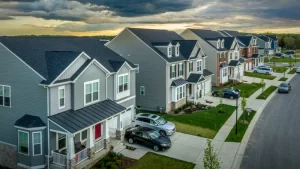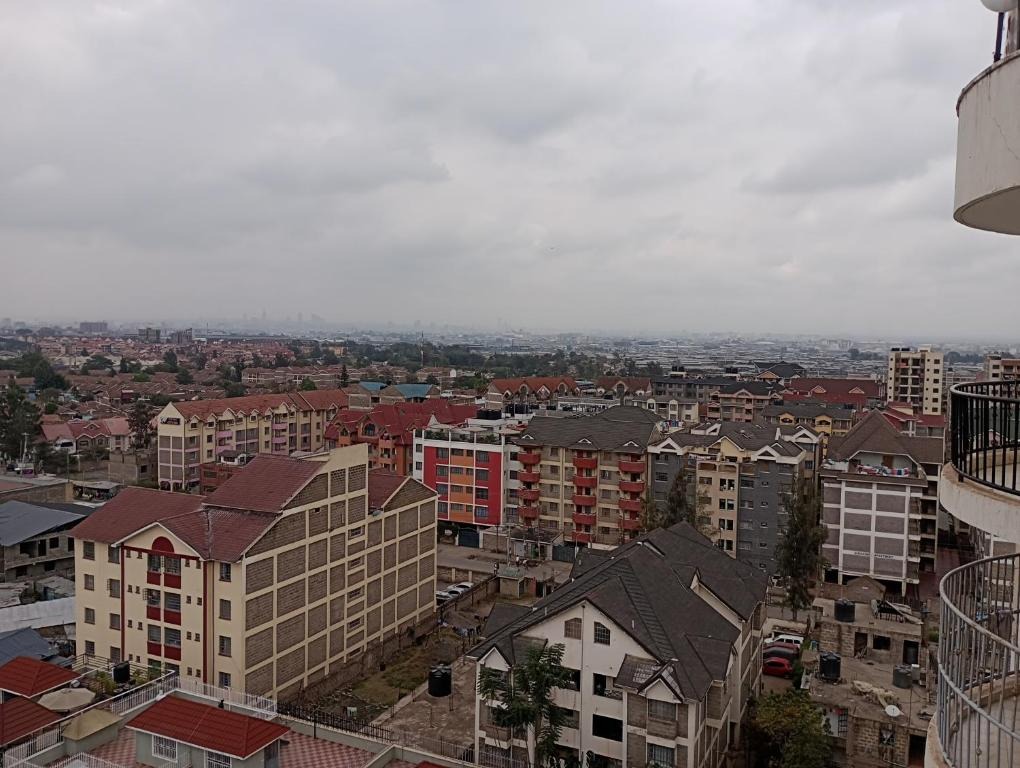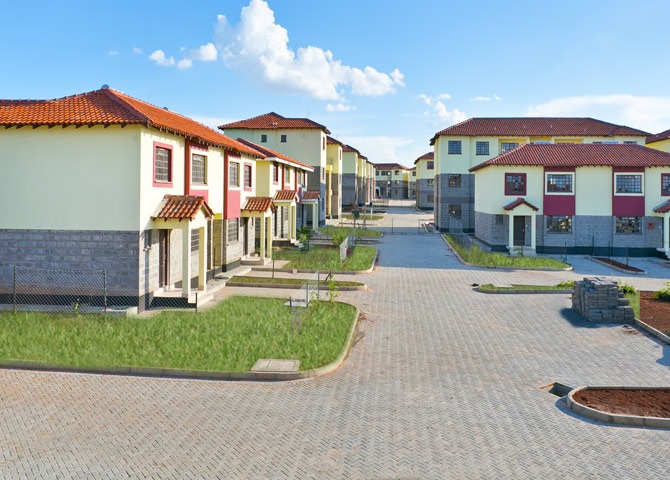
Land use policies are critical tools that shape the development and growth of urban and rural areas around the world. By defining how land can be used and what can be built, these policies influence everything from property values and urban sprawl to environmental sustainability and social equity. This article explores the global impact of land use policies on property development, highlighting key examples from different regions to illustrate their diverse effects.
Zoning Regulations: The Backbone of Urban Planning

Zoning regulations are perhaps the most well-known land use policies. These rules divide land into designated zones for residential, commercial, industrial, and other uses. In cities like New York and Tokyo, zoning regulations have been instrumental in shaping the urban landscape. For instance, New York’s zoning laws have facilitated the development of high-density commercial hubs like Midtown Manhattan while preserving residential neighborhoods. However, strict zoning can also lead to unintended consequences such as housing shortages and inflated property prices, emphasizing the need for balanced and flexible approaches.
Smart Growth Policies: Promoting Sustainable Development

Smart growth policies aim to combat urban sprawl and promote sustainable, efficient land use. Portland, Oregon, is a prime example of a city that has successfully implemented smart growth principles. By establishing an urban growth boundary, Portland has been able to concentrate development within a defined area, preserving open space and farmland outside the boundary. This approach encourages higher-density development and the use of public transportation, reducing the environmental footprint and fostering vibrant, walkable communities.
Inclusionary Zoning: Ensuring Affordable Housing
Inclusionary zoning policies require developers to include a certain percentage of affordable housing units in new residential projects. This approach is used to address housing affordability and promote social diversity. For example, in cities like London and San Francisco, inclusionary zoning has been effective in creating mixed-income communities and providing housing opportunities for low and moderate-income families. These policies demonstrate that thoughtful land use regulations can help address social equity issues and prevent economic segregation.
Environmental Protection: Balancing Development and Conservation
Environmental protection policies are crucial for balancing development with the need to conserve natural resources and ecosystems. In countries like Australia, stringent environmental regulations protect sensitive habitats and biodiversity. The Environmental Protection and Biodiversity Conservation Act (EPBC Act) requires developers to assess the environmental impact of their projects and mitigate potential harms. Such policies ensure that property development proceeds in a way that is mindful of ecological sustainability and long-term environmental health.
Historic Preservation: Protecting Cultural Heritage
Historic preservation policies aim to protect buildings and areas of cultural, historical, or architectural significance. In cities like Paris and Rome, these policies are vital for maintaining the historical character and cultural identity of urban centers. Regulations often restrict modifications to historic buildings and mandate specific restoration practices. While these policies can limit certain types of development, they also add value by preserving the unique charm and appeal of historic areas, attracting tourism and fostering community pride.
Mixed-Use Development: Creating Vibrant Communities
Mixed-use development policies encourage the integration of residential, commercial, and recreational spaces within a single area. This approach reduces the need for long commutes, promotes walkability, and creates more dynamic urban environments. In places like Singapore and Barcelona, mixed-use developments have been instrumental in creating liveable cities. These policies demonstrate the benefits of versatile land use planning that accommodates diverse activities and needs within close proximity.
Case Studies: Lessons from Around the World
Tokyo, Japan: Tokyo’s land use policies focus on maximizing the efficient use of limited space. The city’s zoning allows for a high degree of flexibility, facilitating the coexistence of residential, commercial, and industrial uses. This flexibility supports economic activity and innovation but also requires careful management to prevent overcrowding and infrastructure strain.
Amsterdam, Netherlands: Amsterdam’s land use policies emphasize water management and sustainability. The city’s extensive canal system is integrated into its urban planning, ensuring resilience against flooding and enhancing the aesthetic and recreational value of the urban environment. Amsterdam’s approach highlights the importance of incorporating natural features into land use planning.
Nairobi, Kenya: Nairobi is addressing rapid urbanization with policies that focus on affordable housing and infrastructure development. The Kenyan government’s Vision 2030 plan includes initiatives to upgrade informal settlements and improve urban infrastructure. These efforts aim to balance rapid growth with the need for improved living conditions and economic opportunities.
Conclusion: The Global Impact of Land Use Policies

Land use policies have profound and far-reaching effects on property development. By examining diverse examples from around the world, it is clear that these policies must balance multiple priorities, including economic growth, environmental sustainability, social equity, and cultural preservation. The key to successful land use planning lies in flexibility, foresight, and community engagement. As cities and regions continue to evolve, adaptive and inclusive land use policies will be crucial for fostering sustainable and resilient development that meets the needs of all inhabitants.







